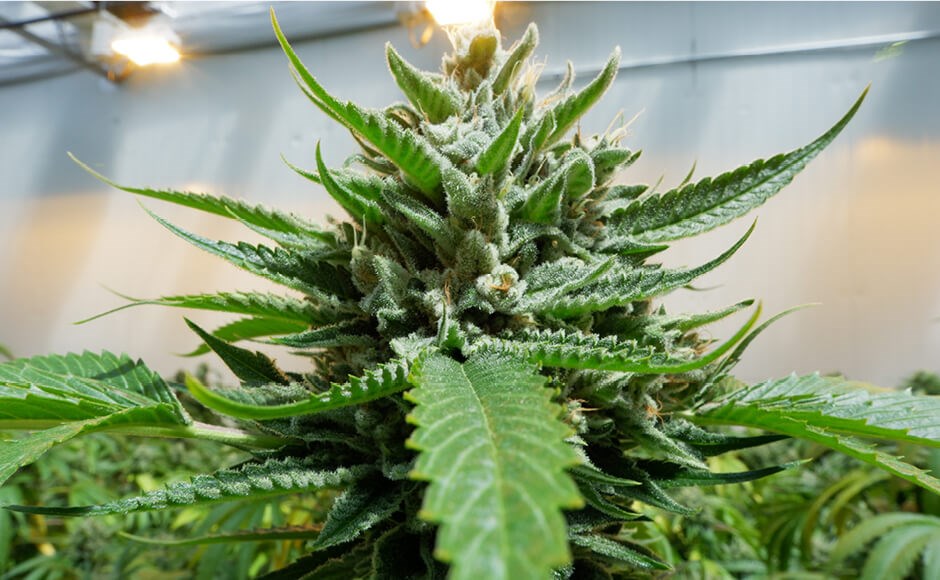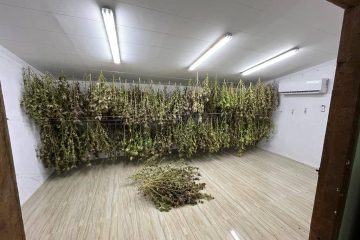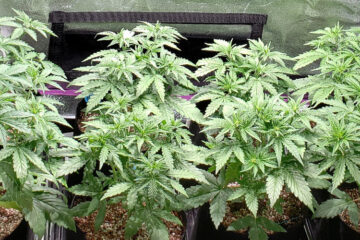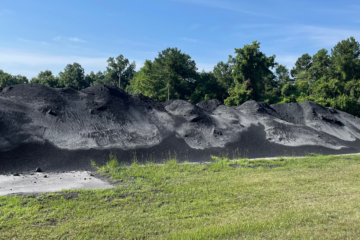It goes without saying that water is vital for the growth of plants, although when it comes to cannabis, not all water is equal. To produce high-quality bud, plants need to be able to absorb nutrients from the soil, yet the make-up of the water that reaches a plant’s roots can have a major impact on its ability to do so. After all, water is the vehicle through which nutrients and oxygen travel through a plant, so getting this component right is pretty important. I say “Water is the Solvent of Life”.
How Water Affects Cannabis

There are a number of variables that contribute to the suitability of different water sources for growing cannabis. One of these is pH, which denotes how acidic or alkaline a substance is. On the pH scale, 7 is considered neutral while anything below this is acidic and anything above is alkaline.
Cannabis generally grows best when the pH of its environment is roughly neutral, with a pH of between 6 and 7 being ideal. If the water that cannabis plants are fed falls outside this range then it can inhibit the uptake of certain vital nutrients. Iron, for instance, is less soluble in alkaline solutions, which means that plants may be unable to access this key mineral if the pH of their water is too high.
Conversely, cannabis plants struggle to absorb magnesium when the pH of the water they receive is too low. It’s therefore essential to ensure that the water you use for your cannabis plants is of a suitable pH, as nutrient deficiencies can have a major impact on the quality of the bud that you end up with.
Another factor that needs to be considered is water hardness, which refers to the level of dissolved calcium and magnesium salts. Solutions that contain more than 200 milligrams of these salts per litre are considered hard water, while soft water contains less than this concentration.
Cannabis grows best in soft water, with 100 to 150 milligrams per litre being the ideal range. When hard water is applied to weed plants, the dissolved salts can clog up the roots and prevent them from absorbing water and other nutrients.
Types Of Water For Growing Cannabis

A number of water sources can be used for cannabis cultivation, although several variables may need to be adjusted in order to make it suitable for your plants. Tap water, for example, is often slightly alkaline, with a pH of between 8 and 9 – though this will vary from location to location. City Water usually Contains Chlorine and I recommend filling your water Containers and letting them sit for a day before using this sort of Water. The Chlorine will Evaporate out a Bit.
There may be other Chemicals in City Water as well. Reverse Osmosis Water is stripped of all Minerals. Also be sure to check the PH of your water prior to adding to your Grow.
It’s therefore sometimes necessary to increase the acidity of tap water by adding a small amount of a ‘pH Down’ solution, which generally contains substances such as phosphoric acid or sulphur. Litmus paper strips can be used to check the pH of your water and determine when the optimum range has been reached.
Depending on your location, the water that comes out of the tap may also be chlorinated in order to kill of any microbes and make it suitable for drinking. This can be harmful for cannabis, however, so it’s advisable to leave tap water standing for 24 to 48 hours before feeding it to plants, as this will allow for most of the chlorine to evaporate off.
The hardness of tap water also varies, yet it is often too hard for cannabis plants. This may mean that it needs to be purified in order to remove excess salts – something that can be achieved using a reverse osmosis system, carbon filtration or distillation.
Rain water, on the other hand, is typically much softer than tap water. It also has a lower pH than tap water, which means it often doesn’t need to be adjusted before being fed to cannabis plants. However, if rain water is too acidic then it may be necessary to add lime, wood ash or a specially formulated ‘pH Up’ solution in order make it more alkaline. Rain Water can contain Pollutants.
I use R/O water and maintain a “Living Soil” and watch all Nutrients and Minerals and Trace Elements. It is good to learn about these things. As these factors affect Terpenes and Flavonoids and over all Plant Development and Yield.
Distilled water and bottled water can also be purchased, both of which are free of salts and generally have a pretty neutral pH. In some cases, though, it may be necessary to add small amounts of calcium in order to slightly increase the hardness.
Naturally, cost and practicality play a major role in determining the most appropriate water source to use, as expensive reverse osmosis systems and other elaborate solutions are generally not feasible for small-scale growers. Nonetheless, it’s definitely worth investing some time, thought and possibly even money in order to ensure your cannabis plants get the right kind of water.
Kevin



0 Comments